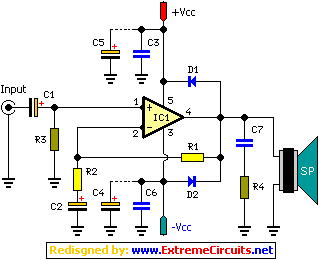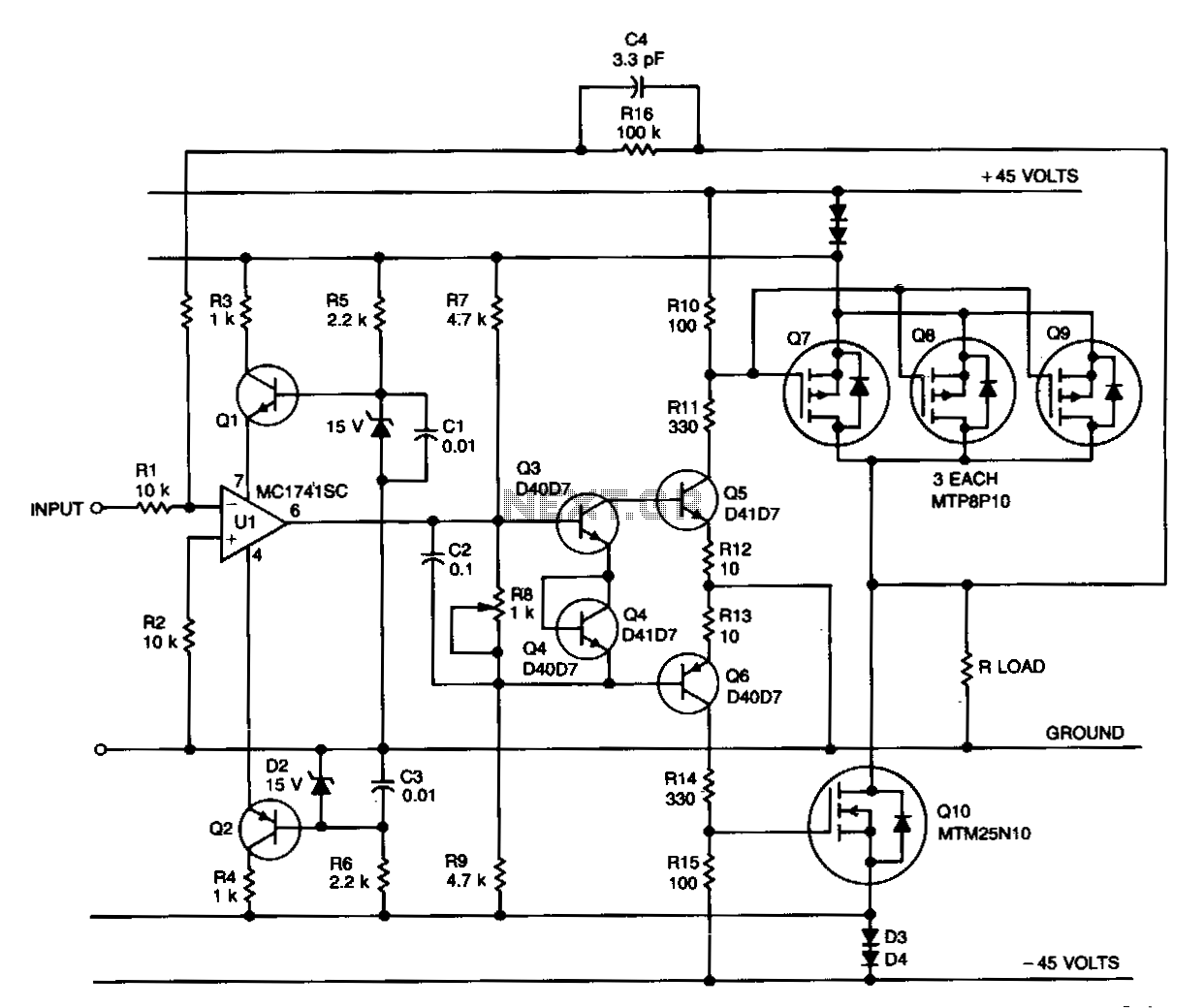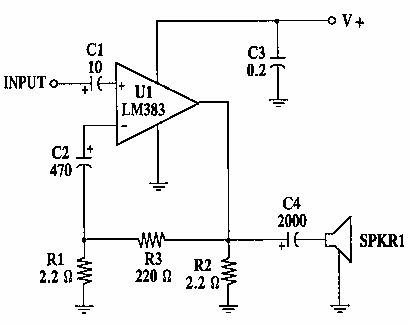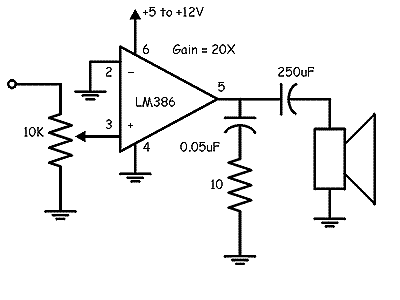
Fast Audio Peak Limiter
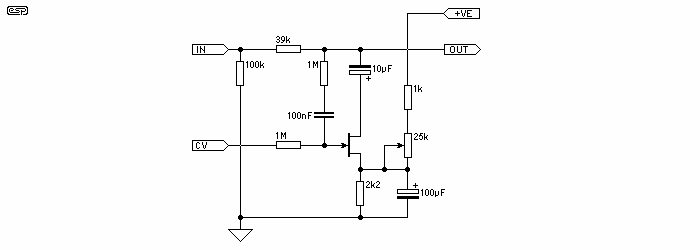
The circuit devised by Phil Allison still has some input voltage limitations, since it is based on a FET. Junction FET VCAs also create considerable distortion, with the worst of it appearing when the signal is attenuated by 6dB. The common way to fix this problem is to apply 1/2 of the drain voltage to the gate, along with the control voltage. Figure 1 shows the conventional way this is done. The predominantly second harmonic distortion is converted by this technique, to become a very much reduced amount of third harmonic distortion.
The circuit described involves a Field Effect Transistor (FET) configured as a Voltage Controlled Amplifier (VCA). The use of FETs in audio applications, while advantageous for their high input impedance and low noise characteristics, introduces certain limitations, particularly concerning input voltage range. In this case, it is noted that the circuit is susceptible to distortion, particularly when the input signal is attenuated by 6dB.
To mitigate the distortion, a common approach is implemented where half of the drain voltage is fed back to the gate of the FET. This feedback mechanism works in conjunction with the control voltage applied to the gate, effectively altering the operating point of the FET. This technique is designed to minimize the effects of second harmonic distortion, which is prevalent in the original configuration. By adjusting the gate voltage in this manner, the circuit transforms the second harmonic distortion into third harmonic distortion, which is generally perceived as more musically pleasing and less intrusive.
The schematic representation of this circuit would typically include the FET symbol, with the source, drain, and gate clearly marked. The control voltage source would be connected to the gate, and a voltage divider or a resistive network may be employed to create the necessary half-drain voltage. The output of the VCA would be taken from the drain, where the amplified signal, now with reduced distortion, can be further processed or sent to subsequent stages of an audio system.
Overall, this approach to managing distortion in FET-based VCAs is a practical solution that enhances audio fidelity and maintains signal integrity, particularly in dynamic audio applications where signal levels can vary significantly.The circuit devised by Phil Allison still has some input voltage limitations, since it is based on a FET. Junction FET VCAs also create considerable distortion, with the worst of it appearing when the signal is attenuated by 6dB.
The common way to fix this problem is to apply 1/2 of the drain voltage to the gate, along with the control voltage. Figure 1 shows the conventional way this is done. The predominantly second harmonic distortion is converted by this technique, to become a very much reduced amount of third harmonic distortion.
🔗 External reference
The circuit described involves a Field Effect Transistor (FET) configured as a Voltage Controlled Amplifier (VCA). The use of FETs in audio applications, while advantageous for their high input impedance and low noise characteristics, introduces certain limitations, particularly concerning input voltage range. In this case, it is noted that the circuit is susceptible to distortion, particularly when the input signal is attenuated by 6dB.
To mitigate the distortion, a common approach is implemented where half of the drain voltage is fed back to the gate of the FET. This feedback mechanism works in conjunction with the control voltage applied to the gate, effectively altering the operating point of the FET. This technique is designed to minimize the effects of second harmonic distortion, which is prevalent in the original configuration. By adjusting the gate voltage in this manner, the circuit transforms the second harmonic distortion into third harmonic distortion, which is generally perceived as more musically pleasing and less intrusive.
The schematic representation of this circuit would typically include the FET symbol, with the source, drain, and gate clearly marked. The control voltage source would be connected to the gate, and a voltage divider or a resistive network may be employed to create the necessary half-drain voltage. The output of the VCA would be taken from the drain, where the amplified signal, now with reduced distortion, can be further processed or sent to subsequent stages of an audio system.
Overall, this approach to managing distortion in FET-based VCAs is a practical solution that enhances audio fidelity and maintains signal integrity, particularly in dynamic audio applications where signal levels can vary significantly.The circuit devised by Phil Allison still has some input voltage limitations, since it is based on a FET. Junction FET VCAs also create considerable distortion, with the worst of it appearing when the signal is attenuated by 6dB.
The common way to fix this problem is to apply 1/2 of the drain voltage to the gate, along with the control voltage. Figure 1 shows the conventional way this is done. The predominantly second harmonic distortion is converted by this technique, to become a very much reduced amount of third harmonic distortion.
🔗 External reference
